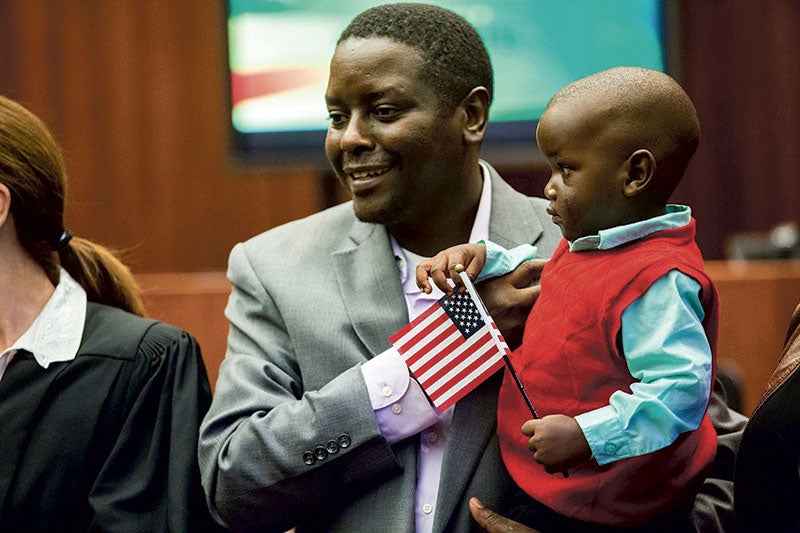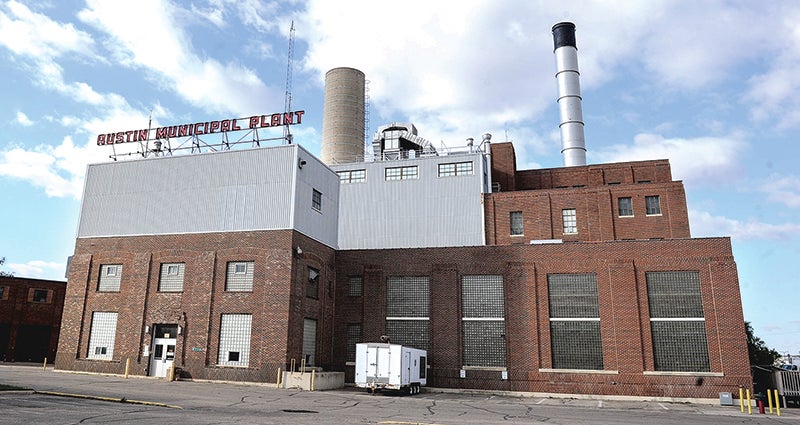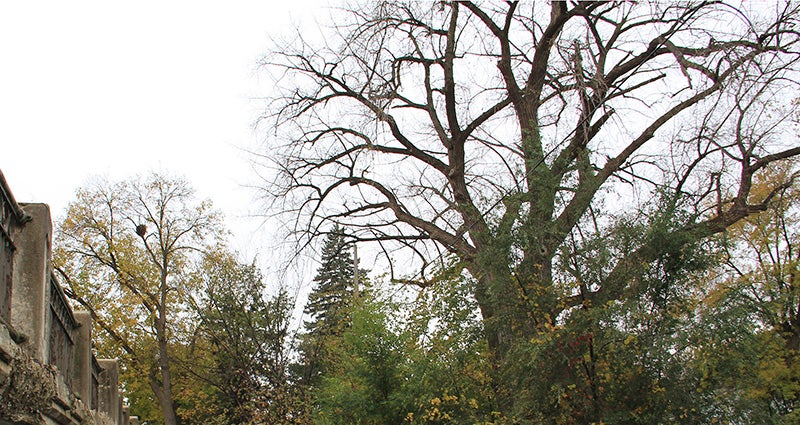MnDOT leaders call for sustainable funding
Published 10:12 am Friday, October 30, 2015
At League of Cities meeting, officials describe ‘perfect storm’ of need
Without additional funding sources, the Minnesota Department of Transportation won’t be able to maintain state roads at their current levels.
That was the message that Assistant MnDOT Commissioner Sean Rahn and Assistant District 6 Engineer for Program Delivery Greg Paulson gave to a room full of city leaders Thursday during the League of Minnesota Cities’ regional meeting held at the Holiday Inn Conference Center in Austin.
“We need a long-term investment,” Rahn said. “One-time fixes, one-time dollars really don’t help as much as you think they would.”
Going into the 2015 legislative session, transportation was said to be a top issue, but gridlock with state Republicans and Democrats kept there from being any significant legislation to provide future highway funding.
Minnesota has the fifth largest road network in the U.S. at about 141,000 miles of roads to maintain, and without changes, Rahn noted the foreseeable future doesn’t look promising for roads and bridges.
Rahn said the department is facing a “perfect storm” of need, which starts with an aging infrastructure, increased costs of construction and maintenance, uncertain federal funding, and a gas tax that’s not tied to inflation, along with other issues.
On top of that, the state’s truck and rail traffic is expected to increase by 30 percent by 2030, 850 bridges — about 30 percent of the state’s bridges — will require significant work by 2025, and the population is expected to increase by a million people by 2040.
Over the next decade, MnDOT projects a $6 billion gap between transportation needs and the available funding. MnDOT is calling for a long-term investment that’s sustainable and predictable to cover that gap.
Paulson noted that southeast Minnesota has about 20 percent of the state’s bridges — the highest percentage outside the Twin Cities, which makes for a lot of need — need that may not be fully addressed without stable funding sources. In District 6, MnDOT has 11 bridges on Interstate 90 that need replacement or major repairs in the next six to 10 years.
Another focus is continued work on Highway 52 from Rochester to the Twin Cities to convert it into a freeway.
“Without additional funding, it’s really going to be difficult to add some of those needed functional improvements along with the bridge projects,” Paulson said.
When looking at how MnDOT’s budget is used and funding for future years, Rahn said they won’t be able to maintain highway pavement at 2015 levels. Based on federal standards, MnDOT has to hold the interstates harmless. That means that means that under current funding models, Rahn said lightly traveled roads, many of which are in Greater Minnesota, will suffer.
Without additional funding, MnDOT will focus largely on maintaining the pavement it can and major bridge replacements, Rahn and Paulson said.
Under the current system, Rahn explained MnDOT is actually expected to see a reduction in its funds for roads and bridges, and he said they’re nearing a “fiscal cliff.” It drops by 20 percent from this year to next year and by about 50 percent by 2019.
“We’re coming to an end of our ability to really impact the road systems in Minnesota,” he said.
Much of that, Rahn explained, is due to one-time funds and special programs that are expiring.
“We just don’t have the resources that we did,” Rahn said. “We’re kind of at the high water mark, and we’re going to start falling off the cliff.”
These issues would make for a roughly 56 percent reduction in funding for MnDOT’s District 6, which includes Mower County.
The state’s main funding sources for roads are the vehicle sales tax, registration and the gas tax. In the last two years, 17 states and the District of Columbia have raised the gas tax or adjusted it for inflation.
“Without some increases in revenue in Minnesota, we’re definitely going to fall behind,” Rahn said.
Without changes, Rahn said they may have to focus on cheaper, more short-term changes like a mill and overlay instead of a road reconstruction, which would last a much shorter time.
“Very limited resources for any type of expansion work,” Rahn said.
Rahn said they need the city leaders’ help moving forward to keep transportation at the forefront of state issues.
“We just need to maintain transportation as a top issue in 2016,” Rahn said.
League of Cities
Austin City Administrator Craig Clark described Thursday’s League of Cities Regional Meeting as a beneficial chance to get together with peers from other cities and talk over state issues and ideas for addressing them.
“[It’s] a chance to get together with our peers and colleagues and understand what issues they’re dealing with and how they might have addressed issues and challenges,” Clark said. “We’re obviously more alike than we are different.”
Along with transportation, other issues discussed included local government aid, city hall security, ways to address issues with legislators, a breakdown of what occurred at the 2015 legislative session and more.
After listening to the transportation talk, Clark said the state needs to dedicate more resources to highway projects.
“In anybody’s estimation, there’s got to be more resources in the equation,” he said.




